Metroidvania Game Starring A Bunnygirl – Tevi Review
Tevi is a very addicting indie metroidvania game with bullet hell elements. The artstyle is very colorful and cute with great animations. The enemies and boss fights are great and the controls are smooth. There is an extensive story that gets dark at times too.
Tevi is a spiritual successor to the game Rabi Ribi, but you can play this game without playing Rabi Ribi. All you’ll miss is a few small references, but the plot makes sense and the game will bring you up to speed.

If you’re not familiar with the term Metroidvania, it comes from a combination of the games Metroid and Castlevania. It’s a very broad term, and it can mean any game where you unlock new abilities later in a game and then use those abilities to return to old areas to explore routes that were previously un-explorable there.
For instance, if there was a tunnel in the beginning you had to crawl through but you weren’t able to crawl, you would unlock crawling later on, and then you can return to the beginning area to crawl through and unlock new areas that give new abilities and other bonuses. Even games that don’t appear to look like Metroidvania games such as ReCore can be classified as Metroidvania.
Tevi plays like old 2D Metroid and Castlevania games. The platforming is very fun and the controls are quite fluid and responsive. Although Rabi Ribi was very hard, Tevi has many difficulty options and this game is generally easier than Rabi Ribi. The difficulty options is very helpful if you’re not good at games with bullet hell elements.
I was comfortable with dodging and dashing through regular enemy and boss physical attacks, but when they unleashed ranged bullet hell projectiles all over the screen I would often panic and not know how to deal with it well. So the ability to use an easier difficulty level helped me complete the game and makes the game more accessible to a wider audience.
There is an extensive tutorial on the controls and even the bosses early on act as tutorials to make sure you understand the game’s mechanics before throwing hardballs at you. It’s not until the endgame that the levels get really tricky, both in terms of platforming, enemies and bosses. The endgame and final sequence of bosses are phenomenal and test all of your skills, but aren’t unbelievably hard either.
I really enjoyed the art direction of the game. All of the characters are stylized like animals. Some characters have designs that are too safe and look a bit too human, such as the first boss who looks completely human with just some ram horns on his head. Some characters had more creative designs that I enjoyed more, such as a woman with a raccoon tail who acted like a thief, as well as a lion character who had a large mane and acted like a gentleman (albeit a bit cheesy).
Celia and Sable have really great designs too. I would’ve liked it if the characters were kemono style (if you’re not familiar it basically means more on the furry side), like the characters from the game Fuga: Melodies of War. The character designs during cutscenes aren’t the most amazing, but they’re decent enough and the character portraits have a wide range of emotions.


The artwork in the levels and the sprites for the on-screen enemies and boss fights are really interesting and well done. The enemies and bosses have great animations where they do properly telegraph their attacks and also show when they’re stunned. The still illustration CGs are really well made and convey impactful scenes well and were a big highlight of the game for me.

I won’t discuss much of the story to avoid spoilers, but Tevi is the name of the protagonist and she joins up with Sable and Celia early on to find several astral cogs to save the world. I’m really simplifying the plot on purpose but I want you to experience it for yourself. There is a large world to explore with many factions and rich lore. One interesting faction is the Peacekeepers who, as the name implies, help promote safety in cities.
I really liked the story cutscenes. A lot of these kinds of games shy away from stories, or they tend to be very gritty stories with Metroid focusing on desolate alien worlds and Castlevania focusing on creepy old castles. So having a story that was more light-hearted and upbeat was pretty refreshing. The game does get dark more towards the endgame though.
The companions Sable and Celia travel with Tevi and turn into her equipment, but they’ll all interact during story cutscenes. You can only play as Tevi, though you can customize the way Sable and Celia shoot because they act as your ranged projectile weapons.
The cutscenes are shown with 2D character portraits but this title only has Japanese voice acting. It’s not bad though, I’m mostly fluent in Japanese and it’s good voice acting with the usual tropes you see in anime games. The Japanese voice actors are prolific, and it wouldn’t surprise me if the developers spent a lot of budget to have professional voice acting in the game. It’s a really nice touch and you rarely see games of this scale have good voice acting.
Although the game looks cute the story can get dark at times, so I wouldn’t actually recommend this game to small kids. It has fun environments such as forests, the ocean, and forests full of sakura (cherry blossom) trees, but there’s also labs where people are experimented on.

There are more light hearted moments than dark ones early on and the story scenes really added to my experience. If you don’t like cutscenes in these kinds of games you can always skip them but the story is good.
The banter between Tevi, Sable and Celia is really good, it reminded me of Neptunia games. What I mean is that even though the game has a low budget it really makes up for it by having amazing dialog and good voice acting where everyone plays off of each other. The dynamic between the cast of character is hilarious and involves a bunny woman, an angel and a demon being forced to co-operate and the dialog is really amazing. Even if you don’t speak Japanese and have to read the subtitles it’s really good. I really enjoyed their dynamic and it’s so different than what you see in most other Metroidvania games.
I really liked the level design, which is the best part of the game and where the developers clearly succeeded. There are numerous levels, over 10 regions in the world, from forests, caves, labs, prisons, and more. What’s better is that the levels are also interconnected extremely well and most levels will have 2 or 3 exits leading to the other regions. The interconnected level design is so well done it even rivals that of even Souls-like games and often you’ll unlock shortcuts later on to allow you to run through areas quickly. There’s numerous teleports scattered around the world as well so you don’t even have to run through the levels if you don’t want to.

The game wants you to find astral cogs scattered across the world as the main objective. You unfortunately can’t go straight to them and you can’t go straight to the final boss, but you’re often free to explore most of the time. Sadly you do have to go to the story marker eventually to unlock mandatory upgrades such as the ability to jump higher or double jump, and your progress is halted if you don’t do the story to get these. This is one of the downsides of Tevi. In Rabi Ribi you were never halted at all and if you could master movement tech you could sequence break really easy. You can still sequence break in Tevi but it’s harder and more limited due to required story progression.
The game is organized into chapters, but the way chapters are divided is not done well, generally progressing the main plot by following the markers will progress the story. I haven’t seen any missable content since you can always return to previous levels. With Tevi being a Metroidvania you should of course be returning to get new goodies often. The chapter number you’re in just means how far you can explore I suppose, with more regions unlocking as you progress, but the chapters themselves aren’t really a needed addition to the game, you can ignore it and just play the game normally.
The story marker on the map isn’t bad either, the map is filled like a regular Metroid game and the marker only shows you the ending tile you need to reach to progress the story. It’s nice because if you get lost or pickup the game after a long break you can get right back into it easily, whereas you could genuinely be lost if you pickup an older Metroid game after going on a week vacation.
The map in Tevi is pretty barebones unfortunately. You unlock a compass in the game to unlock more options in the map but it’s very basic and only fills in icons when you find a collectible. If you need to return to an area later it won’t put a question mark on the map for you, you’ll have to remember to return there later sadly. I found myself keeping my own personal notes and maps with my own pen and paper, which is not good for 2023. That’s only if you’re a one hundred percent completionist. If you do a new game plus you can get a compass upgrade allowing you to find all collectibles easily.
In general, getting most of the collectibles and beating the game normally is perfectly achievable, and this game is probably one of the most approachable and accessible Metroidvania games on the market.
The only map region I really hated in this game was a misty forest, where you’d get randomly teleported to squares. I figured out the gimmick of the teleporting maze to get through the story (I won’t spoil the trick for you), but the problem is if you want to be a completionist then you need to get teleported everywhere, so you have to explore dozens of routes one by one, taking hours and it felt like it wasn’t really fair, just annoying. The “trick” to getting through the teleporting maze only takes you straight to the story objective and isn’t helpful since there’s many secrets behind random alternate paths.
This game simply doesn’t have a good map for teleporting mazes (it doesn’t mark the teleports at all). I wonder why games can’t map teleporting mazes properly since technology such as game engines and programming is better nowadays. One game called Dungeon Travelers 2 did mapping for teleporting mazes perfectly without being complicated, all they did was use shapes such as triangles, circles and squares along with colors such as red, blue, yellow and more, and this allowed them to convey where all the teleports to and from were. So the blue circle goes to a blue circle, yellow square goes to a yellow square. Even if you have hundreds of teleports, if you use all combinations of colors and shapes you can account for hundreds of teleports across a map. If teleporting mazes were handled properly then they wouldn’t be so annoying, and I had to break out the pen and paper to figure out which routes I did and which routes I had yet to discover. Again I wouldn’t mind if it was an older game, I enjoy table top dungeon crawling and old Wizardry games, but I don’t want to map out everything in 2023. There’s even a second teleporting maze where you need to find 3 generators as well. I just don’t believe teleporting mazes fit well with the typical Metroidvania game unless it mapped it out better.
But otherwise most of the maps are very fun and reasonable to explore, and I enjoyed how all maps had many branching paths. The ocean was one of my favorite areas because of the vertical level design and the branching routes that kept spreading out.

The gameplay is phenomenal. You play as Tevi, and you use either your swords or bullets to damage enemies. You can unlock new abilities called sigils and permanent potion boosts to your stats through either finding them on the map or buying them in shops. Enemies can drop currency to collect and you can spend these in stores around the world. You also find crystals that can be used to cook recipes or upgrade your skills. You can also buy foods in shops to heal too.

There are NPCs on the map with flavor text, which is a nice touch but it’s not too extensive. There are side quests to complete challenges that are a nice touch to the game, but there definitely could’ve been more side content available with plotlines for the supporting characters.
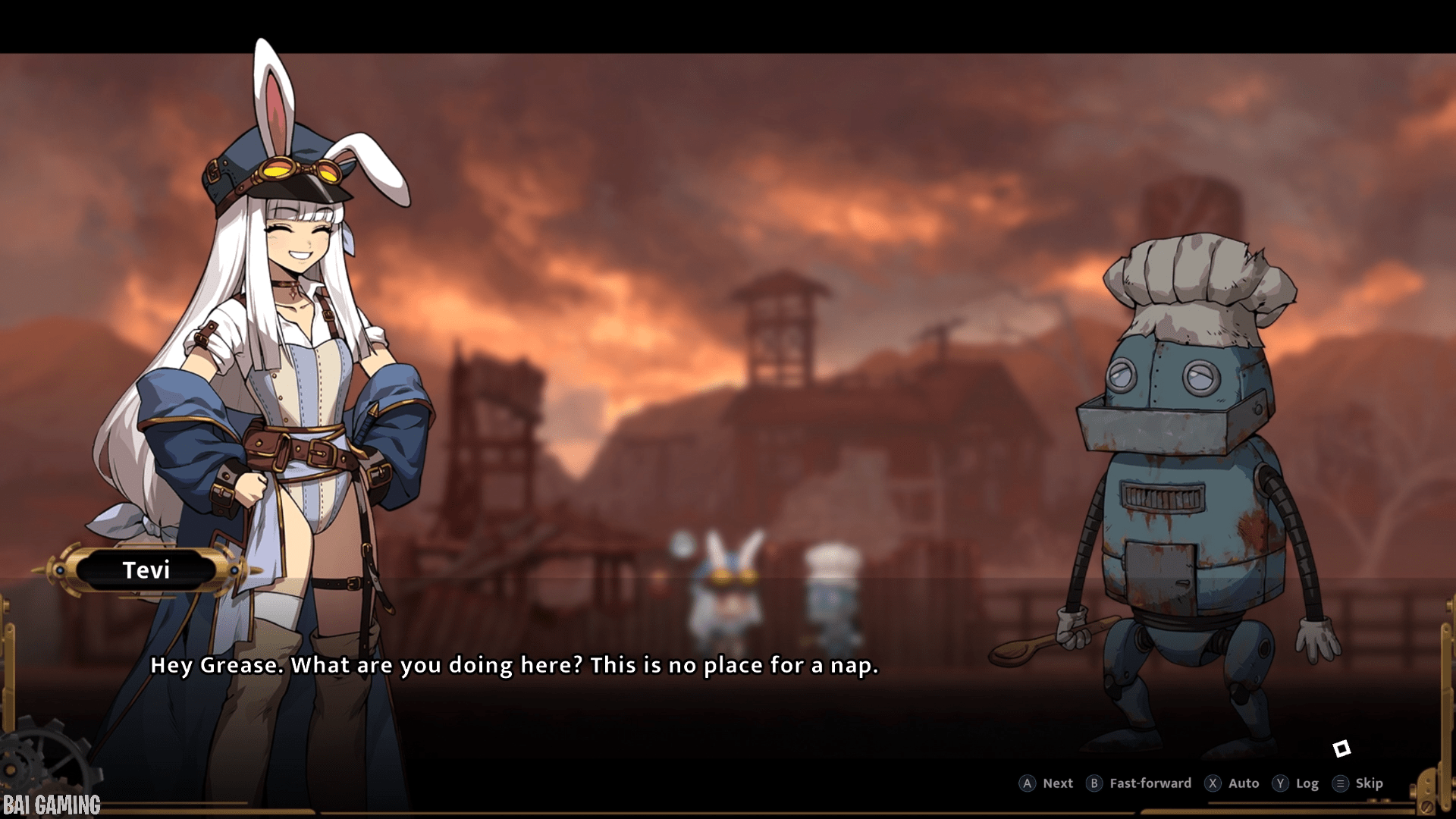
It’s interesting because you don’t level up from defeating enemies, you actually level up by defeating mandatory story bosses and through map completion. You don’t need to grind at all. At the same time, the player would still want to defeat enemies for crystal drops for recipe crafting. As your level increases your stats will increase and you also are able to equip more sigil abilities and passive skills.
I can’t go into discussing all the possible character builds because this game has potentially limitless possibilities. You’ll always have the same sword and same character unfortunately, but in exchange you can do so much with your character and your abilities can change your combos a lot to suit your play style. You also unlock more moves as you progress the story. I really liked getting the air dash for instance, and I’d use that to quickly move out of the way from the boss’s projectiles.

The soundtrack is great, and has streamer options as well. I really like how the world in this game has so many distinct biomes, it really feels like an interconnected world rather than only having castles or space worlds. I really liked going to both the demon and angel worlds too and they felt vastly different. You could tell they each had their own cultures and traditions.
I’ll only discuss and show early bosses to prevent spoilers. Many boss fights are really fun. My favorite early boss was a plant boss that reminded me of the flower boss in Cuphead, where you had to dodge vines shooting you as well as thorns appearing out of the ground.

There’s no “nasty” fan service. There are many anime tropes and joke scenes, but this game is definitely not nasty. One funny scene was when Tevi was dissecting a woman robot and Celia covered up Sable’s eyes to protect his innocence, and the game just has silly anime tropes like that and no hardcore adult content. The game is very respectful and there was even an instance of a trans character and everyone was very respectful towards her. The game is absolutely not mean-spirited at all.

This is definitely one of the most fun Metroidvania games I’ve played in a while. I liked the anime artstyle and the light-hearted tone is fantastic. The plot does have its impactful and sad moments too that really got me. The cutscenes and voice acting are really well done, and if you want JRPG cutscenes in a platform adventure game this is the game for you.
It’s definitely a game that’s a pain to one hundred percent compared to Metroid and it will be hard if you go for the hardest expert difficulty, but beating it casually is pretty fun and it game does have many quality of life improvements compared to older Metroid games. If you want to escape from a stressful day and just explore a wide world with a bunny girl then this is the game for you.
Tevi
 Our Score: Good
Our Score: Good
Pros
- There are many distinct levels with numerous branching paths and the world is extremely interconnected.
- Fun gameplay. Sigils allow you to customize Tevi’s moveset to your preference.
- The in-game player and enemy sprites have great animations and the controls are very responsive. Boss fights are very well made.
- Some levels are very annoying and don’t fit in with the Metroidvania game style such as two regions with teleporting mazes.
- The game only has a Japanese dub. It’s an extremely well made dub but it would’ve been nice to have an English dub as well.
- The map in-game could’ve been better to indicate you should return to regions with a question mark. I often ended up making my own maps with pen and paper as well as my own notes.
– Brandon Harris
Reviewed on the PC
Recent Posts

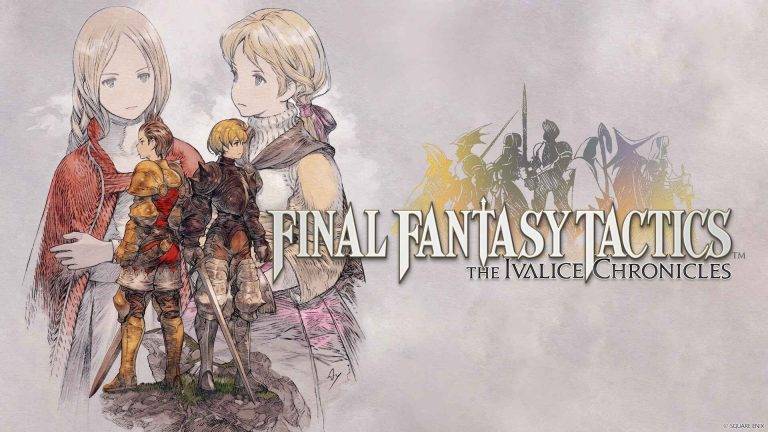
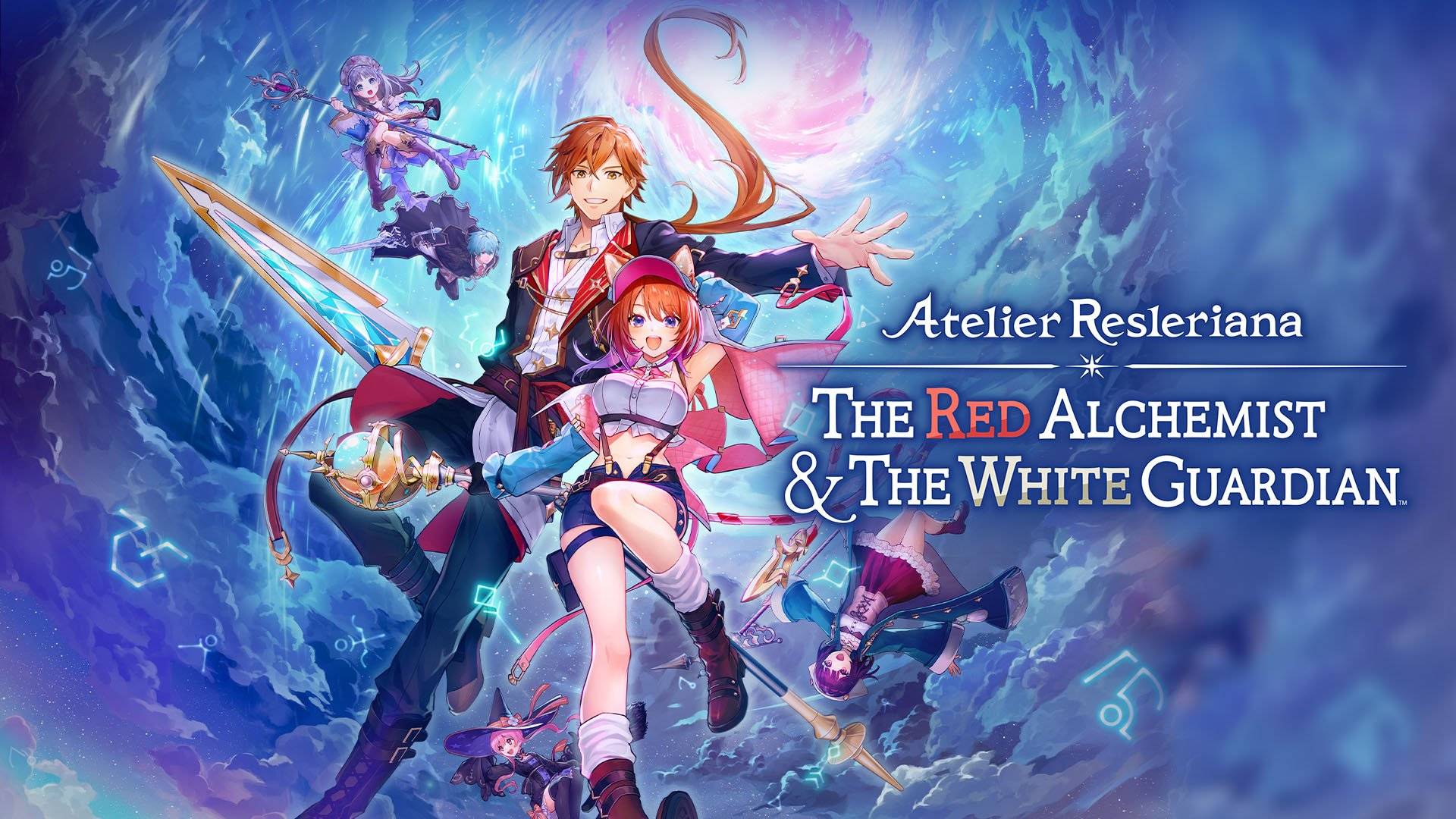
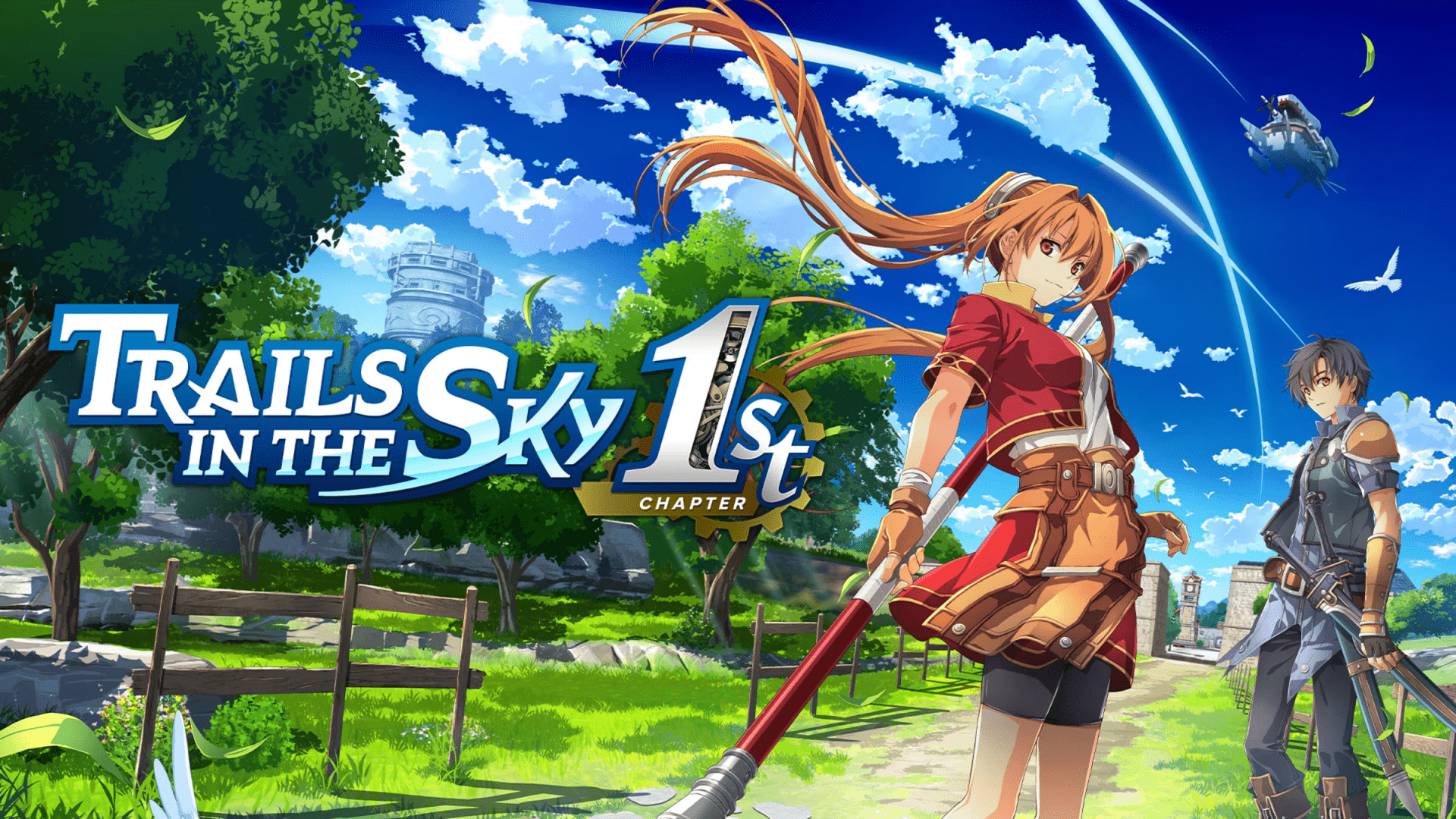
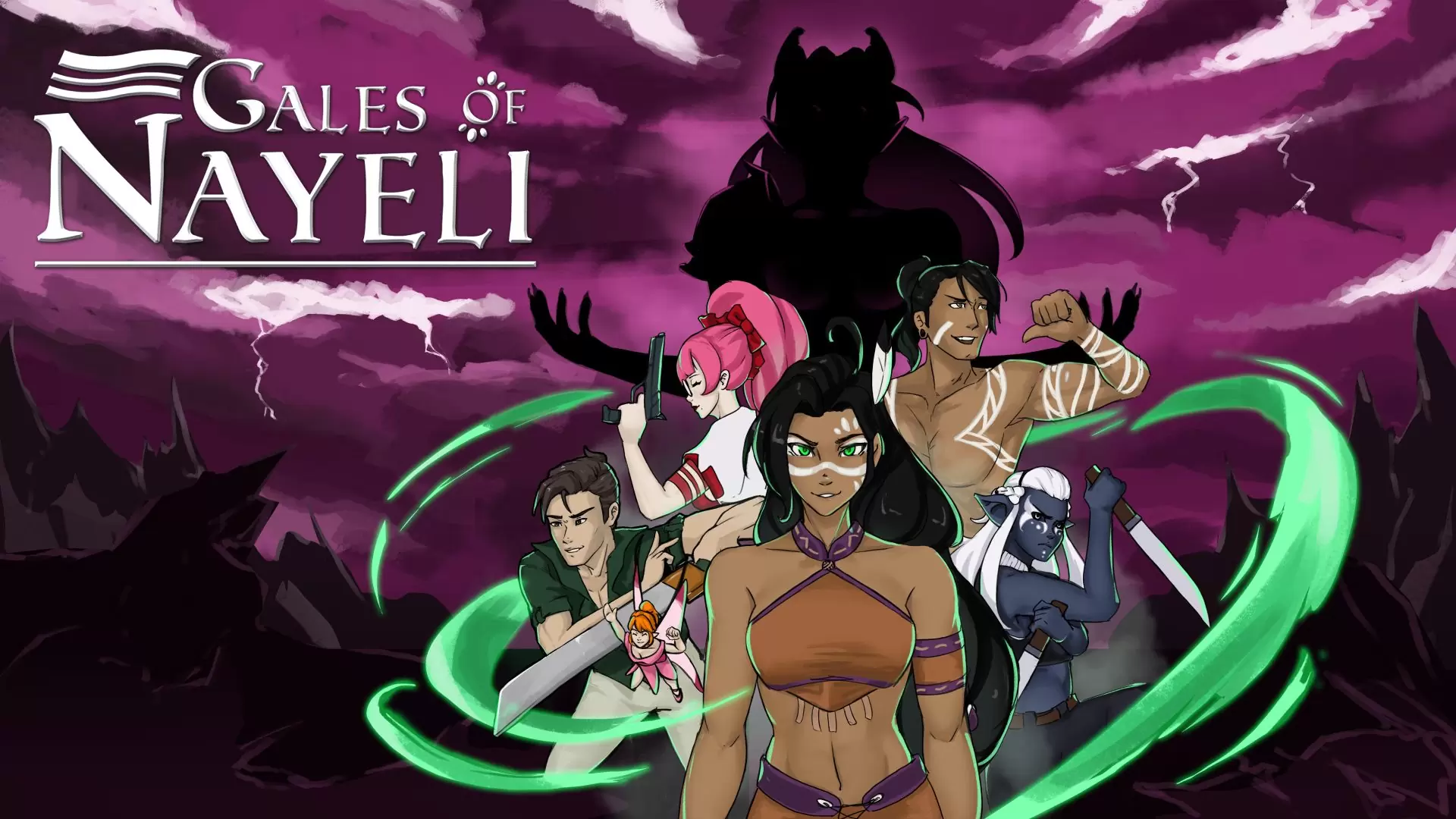

Love the art style and the 2d side scrolling gameplay, very nice review.